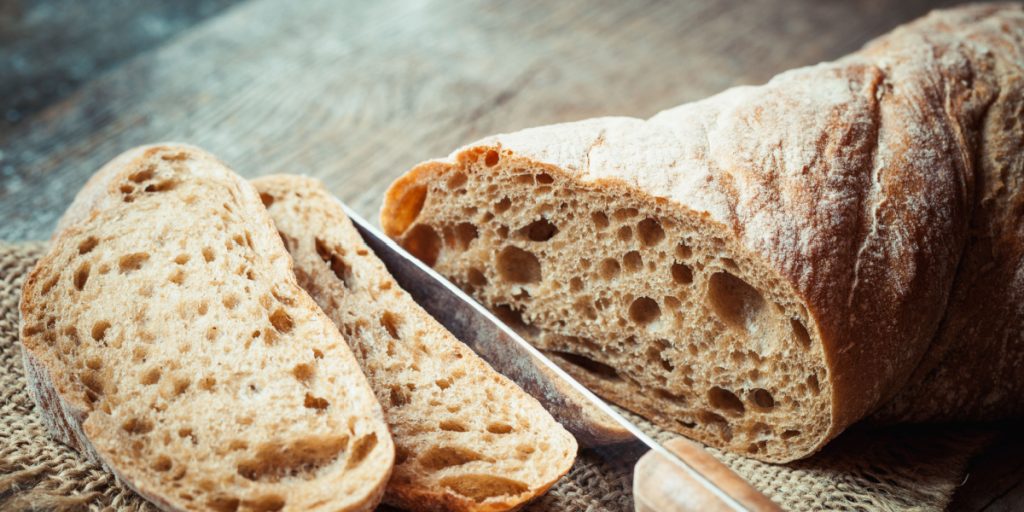Could Freezing Bread Benefit Your Health?
Others are reading now
Many of us enjoy bread as part of our daily meals.
Recent research shows that how we store and prepare bread can actually affect our blood sugar levels, according to WP.
This discovery could be especially helpful for those who are looking for ways to manage their blood sugar more effectively.
Scientists studied how different ways of storing and preparing white bread impact our body’s response to carbohydrates.
Also read
They found that freezing the bread and then thawing it lowered the glycemic response compared to fresh bread.
Even more interesting is that toasting the thawed bread provided even better results.
This suggests that the way we prepare bread can have a positive effect on our blood sugar.
Bread is mostly made of starch, which makes up more than 80% of wheat flour. When bread is frozen, the starch undergoes a process called retrogradation.
This process changes the starch, making it harder for the body to digest in the small intestine.
Instead, the starch passes into the large intestine where it is broken down by bacteria. This produces butyrate, a fatty acid that supports digestive health and has anti-inflammatory properties.
Freezing bread not only has health benefits but also helps reduce waste. Every year, millions of tons of bread end up in landfills.
Freezing bread helps it last longer, reducing the chances of it being thrown away. Experts recommend slicing bread before freezing it so you can take out individual portions as needed.
The benefits of freezing go beyond just bread. Similar changes happen with cooked and cooled potatoes and rice.
Experts say that eating foods with resistant starch can help with feelings of fullness, regulate blood sugar levels, and support gut health.
Incorporating freezing into your bread storage routine is an easy way to improve your diet.
It’s a simple habit that could make a noticeable difference in how your body responds to bread and help reduce food waste.








